Fortran(1955):

Fortran is a general-purpose, compiled imperative programming language that is especially suited to numeric computation and scientific computing. Fortran was originally developed by IBM in the 1950s for scientific and engineering applications, and subsequently came to dominate scientific computing. It has been in use for over six decades in computationally intensive areas such as numerical weather prediction, finite element analysis, computational fluid dynamics, geophysics, computational physics, crystallography and computational chemistry. It is a popular language for high-performance computing and is used for programs that benchmark and rank the world's fastest supercomputers.
LISP(1960):
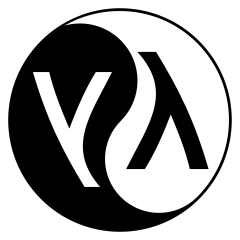
Lisp (historically LISP) is a family of programming languages with a long history and a distinctive, fully parenthesized prefix notation.Originally specified in 1960, Lisp is the second-oldest high-level programming language still in common use, after Fortran. Lisp has changed since its early days, and many dialects have existed over its history. Today, the best-known general-purpose Lisp dialects are Common Lisp, Scheme, Racket and Clojure.
COBOL(1960):

COBOL ( an acronym for "common business-oriented language") is a compiled English-like computer programming language designed for business use. It is an imperative, procedural and, since 2002, object-oriented language. COBOL is primarily used in business, finance, and administrative systems for companies and governments. COBOL is still widely used in applications deployed on mainframe computers, such as large-scale batch and transaction processing jobs. However, due to its declining popularity and the retirement of experienced COBOL programmers, programs are being migrated to new platforms, rewritten in modern languages or replaced with software packages. Most programming in COBOL is now purely to maintain existing applications; however, many large financial institutions were still developing new systems in COBOL as late as 2006.
BCPL(1967):

BCPL ("Basic Combined Programming Language") is a procedural, imperative, and structured programming language. Originally intended for writing compilers for other languages, BCPL is no longer in common use. However, its influence is still felt because a stripped down and syntactically changed version of BCPL, called B, was the language on which the C programming language was based. BCPL introduced several features of many modern programming languages, including using curly braces to delimit code blocks. BCPL was first implemented by Martin Richards of the University of Cambridge in 1967.
Pascal(1970):

Pascal is an imperative and procedural programming language, designed by Niklaus Wirth as a small, efficient language intended to encourage good programming practices using structured programming and data structuring. It is named in honour of the French mathematician, philosopher and physicist Blaise Pascal. Pascal was developed on the pattern of the ALGOL 60 language. Wirth was involved in the process to improve the language as part of the ALGOL X efforts and proposed a version named ALGOL W. This was not accepted, and the ALGOL X process bogged down. In 1968, Wirth decided to abandon the ALGOL X process and further improve ALGOL W, releasing this as Pascal in 1970
C(1972):

C (pronounced like the letter c) is a general-purpose computer programming language. It was created in the 1970s by Dennis Ritchie, and remains very widely used and influential. By design, C's features cleanly reflect the capabilities of the targeted CPUs. It has found lasting use in operating systems, device drivers, protocol stacks, though decreasingly for application software. C is commonly used on computer architectures that range from the largest supercomputers to the smallest microcontrollers and embedded systems. A successor to the programming language B, C was originally developed at Bell Labs by Ritchie between 1972 and 1973 to construct utilities running on Unix. It was applied to re-implementing the kernel of the Unix operating system. During the 1980s, C gradually gained popularity. It has become one of the most widely used programming languages, with C compilers available for practically all modern computer architectures and operating systems. C has been standardized by ANSI since 1989 (ANSI C) and by the International Organization for Standardization (ISO).
MATLAB(1987?):

MATLAB (an abbreviation of "MATrix LABoratory"[22]) is a proprietary multi-paradigm programming language and numeric computing environment developed by MathWorks. MATLAB allows matrix manipulations, plotting of functions and data, implementation of algorithms, creation of user interfaces, and interfacing with programs written in other languages. Although MATLAB is intended primarily for numeric computing, an optional toolbox uses the MuPAD symbolic engine allowing access to symbolic computing abilities. An additional package, Simulink, adds graphical multi-domain simulation and model-based design for dynamic and embedded systems. As of 2020, MATLAB has more than 4 million users worldwide.[23] They come from various backgrounds of engineering, science, and economics.
Objective C(1983):
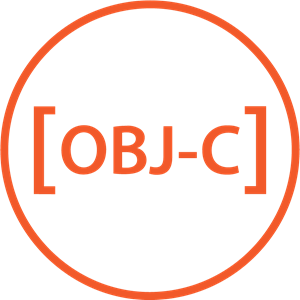
Objective-C is a general-purpose, object-oriented programming language that adds Smalltalk-style messaging to the C programming language. Originally developed by Brad Cox and Tom Love in the early 1980s, it was selected by NeXT for its NeXTSTEP operating system. Due to Apple macOS’s direct lineage from NeXTSTEP, Objective-C was the standard programming language used, supported, and promoted by Apple for developing macOS and iOS applications (via their respective APIs, Cocoa and Cocoa Touch) until the introduction of the Swift programming language in 2014. Objective-C programs developed for non-Apple operating systems or that are not dependent on Apple's APIs may also be compiled for any platform supported by GNU GCC or LLVM/Clang. Objective-C source code 'messaging/implementation' program files usually have .m filename extensions, while Objective-C 'header/interface' files have .h extensions, the same as C header files. Objective-C++ files are denoted with a .mm file extension.
C++(1983):

C++ (pronounced "C plus plus") is a high-level general-purpose programming language created by Danish computer scientist Bjarne Stroustrup as an extension of the C programming language, or "C with Classes". The language has expanded significantly over time, and modern C++ now has object-oriented, generic, and functional features in addition to facilities for low-level memory manipulation. It is almost always implemented as a compiled language, and many vendors provide C++ compilers, including the Free Software Foundation, LLVM, Microsoft, Intel, Embarcadero, Oracle, and IBM, so it is available on many platforms. C++ was designed with systems programming and embedded, resource-constrained software and large systems in mind, with performance, efficiency, and flexibility of use as its design highlights. C++ has also been found useful in many other contexts, with key strengths being software infrastructure and resource-constrained applications, including desktop applications, video games, servers (e.g. e-commerce, web search, or databases), and performance-critical applications.
Perl(1987):

Perl is a family of two high-level, general-purpose, interpreted, dynamic programming languages. "Perl" refers to Perl 5, but from 2000 to 2019 it also referred to its redesigned "sister language", Perl 6, before the latter's name was officially changed to Raku in October 2019. Though Perl is not officially an acronym, there are various backronyms in use, including "Practical Extraction and Reporting Language".Perl was developed by Larry Wall in 1987 as a general-purpose Unix scripting language to make report processing easier.Since then, it has undergone many changes and revisions. Raku, which began as a redesign of Perl 5 in 2000, eventually evolved into a separate language. Both languages continue to be developed independently by different development teams and liberally borrow ideas from each other.
Visual Basic(1991):
The original Visual Basic (also referred to as Classic Visual Basic) is a third-generation event-driven programming language from Microsoft known for its Component Object Model (COM) programming model first released in 1991 and declared legacy during 2008. Microsoft intended Visual Basic to be relatively easy to learn and use.Visual Basic was derived from BASIC and enables the rapid application development (RAD) of graphical user interface (GUI) applications, access to databases using Data Access Objects, Remote Data Objects, or ActiveX Data Objects, and creation of ActiveX controls and objects. A programmer can create an application using the components provided by the Visual Basic program itself. Over time the community of programmers developed third-party components.Programs written in Visual Basic can also make use of the Windows API, which requires external functions declarations.
Java(1995):

Java is a high-level, class-based, object-oriented programming language that is designed to have as few implementation dependencies as possible. It is a general-purpose programming language intended to let programmers write once, run anywhere (WORA), meaning that compiled Java code can run on all platforms that support Java without the need to recompile.Java applications are typically compiled to bytecode that can run on any Java virtual machine (JVM) regardless of the underlying computer architecture. The syntax of Java is similar to C and C++, but has fewer low-level facilities than either of them. The Java runtime provides dynamic capabilities (such as reflection and runtime code modification) that are typically not available in traditional compiled languages. As of 2019, Java was one of the most popular programming languages in use according to GitHub,particularly for clientserver web applications, with a reported 9 million developers.
PHP(1995):

PHP is a general-purpose scripting language geared toward web development.It was originally created by Danish-Canadian programmer Rasmus Lerdorf in 1993 and released in 1995.The PHP reference implementation is now produced by The PHP Group.PHP was originally an abbreviation of Personal Home Page,but it now stands for the recursive initialism PHP: Hypertext Preprocessor.
Javascript(1995):
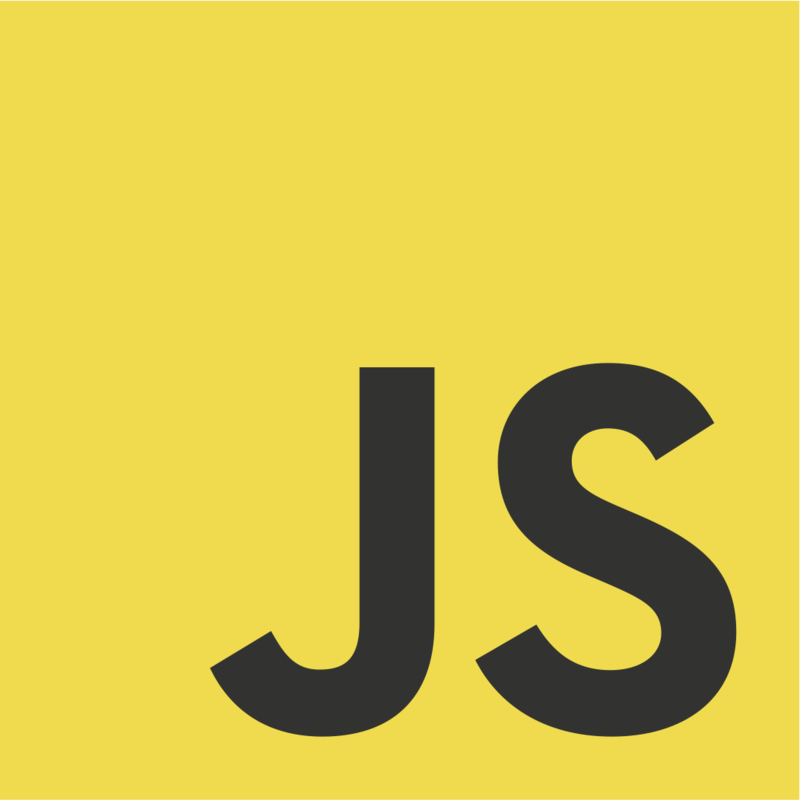
JavaScript , often abbreviated as JS, is a programming language that is one of the core technologies of the World Wide Web, alongside HTML and CSS. As of 2022, 98% of websites use JavaScript on the client side for webpage behavior, often incorporating third-party libraries. All major web browsers have a dedicated JavaScript engine to execute the code on users' devices. JavaScript is a high-level, often just-in-time compiled language that conforms to the ECMAScript standard.[10] It has dynamic typing, prototype-based object-orientation, and first-class functions. It is multi-paradigm, supporting event-driven, functional, and imperative programming styles. It has application programming interfaces (APIs) for working with text, dates, regular expressions, standard data structures, and the Document Object Model (DOM).
CSS(1996):
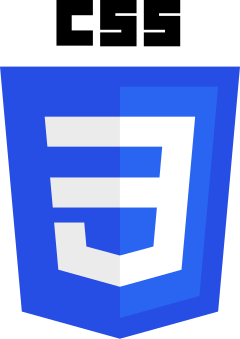
Cascading Style Sheets (CSS) is a style sheet language used for describing the presentation of a document written in a markup language such as HTML or XML (including XML dialects such as SVG, MathML or XHTML).CSS is a cornerstone technology of the World Wide Web, alongside HTML and JavaScript. CSS is designed to enable the separation of content and presentation, including layout, colors, and fonts.This separation can improve content accessibility; provide more flexibility and control in the specification of presentation characteristics; enable multiple web pages to share formatting by specifying the relevant CSS in a separate .css file, which reduces complexity and repetition in the structural content; and enable the .css file to be cached to improve the page load speed between the pages that share the file and its formatting.
C#(2000):

C# (pronounced see sharp)[b] is a general-purpose, high-level multi-paradigm programming language. C# encompasses static typing, strong typing, lexically scoped, imperative, declarative, functional, generic, object-oriented (class-based), and component-oriented programming disciplines. The C# programming language was designed by Anders Hejlsberg from Microsoft in 2000 and was later approved as an international standard by Ecma (ECMA-334) in 2002 and ISO/IEC (ISO/IEC 23270) in 2003. Microsoft introduced C# along with .NET Framework and Visual Studio, both of which were closed-source. At the time, Microsoft had no open-source products. Four years later, in 2004, a free and open-source project called Mono began, providing a cross-platform compiler and runtime environment for the C# programming language. A decade later, Microsoft released Visual Studio Code (code editor), Roslyn (compiler), and the unified .NET platform (software framework), all of which support C# and are free, open-source, and cross-platform. Mono also joined Microsoft but was not merged into .NET.
Swift(2014):
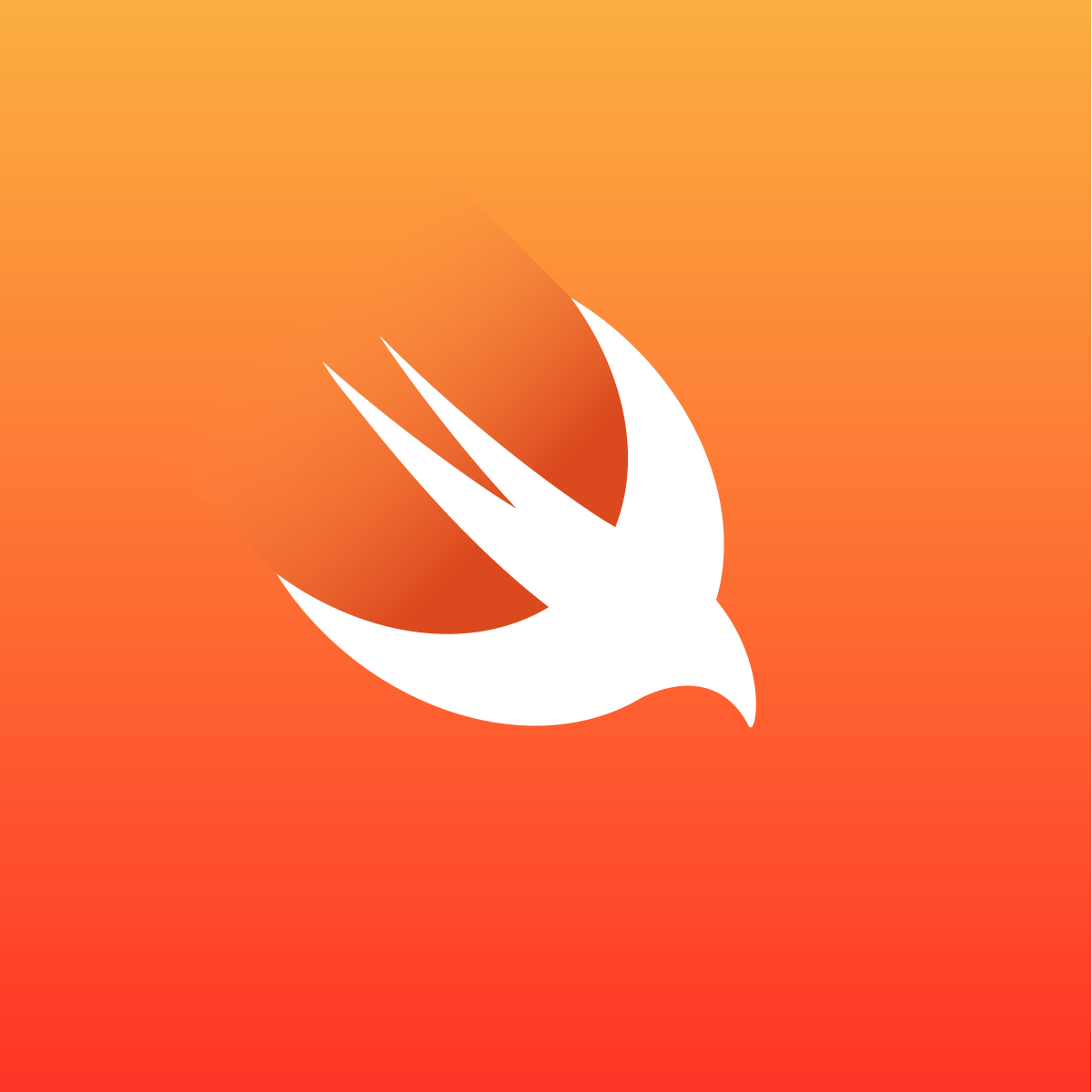
Swift is a general-purpose, multi-paradigm, compiled programming language developed by Apple Inc. and the open-source community. First released in 2014,Swift was developed as a replacement for Apple's earlier programming language Objective-C, as Objective-C had been largely unchanged since the early 1980s and lacked modern language features. Swift works with Apple's Cocoa and Cocoa Touch frameworks, and a key aspect of Swift's design was the ability to interoperate with the huge body of existing Objective-C code developed for Apple products over the previous decades. It was built with the open source LLVM compiler framework and has been included in Xcode since version 6, released in 2014. On Apple platforms,it uses the Objective-C runtime library, which allows C, Objective-C, C++ and Swift code to run within one program.

